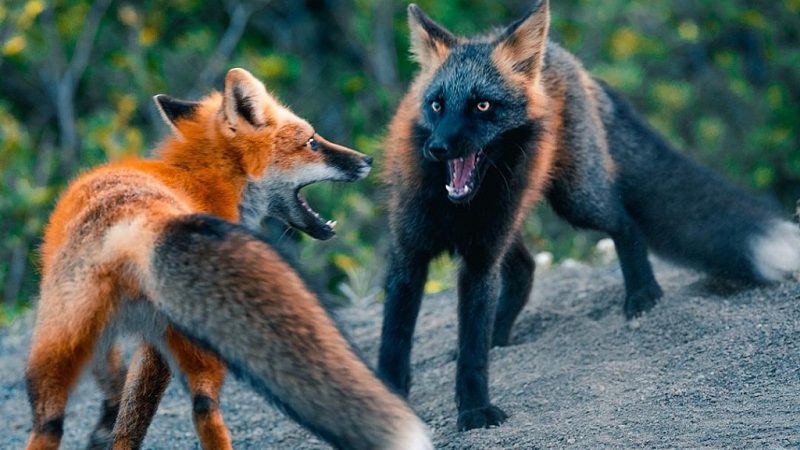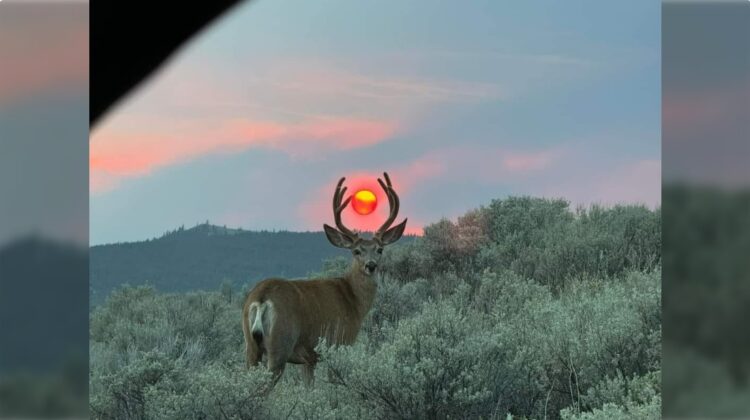In the enchanting realm of the Neotropics, the Capped Heron (Pilherodius pileatus) reigns supreme as a heron species like no other. This enigmatic avian, shrouded in mystery, boasts a unique combination of striking features that distinguish it from its fellow herons.
What immediately captures the eye is the Capped Heron’s exquisite color palette. Its face and bill radiate a brilliant sky-blue hue, forming a captivating contrast with its black crown. A regal cream-colored neck and body harmoniously merge into wings that shimmer in shades of whitish to light gray. Yet, the pièce de résistance is undoubtedly the presence of four or five long, ethereal white plumes extending gracefully from the back of its head.
In flight, the Capped Heron presents a compact and modest figure, characterized by a chunky body and a robust neck. Its wingbeats are rapid and somewhat choppy, adding to its distinctive allure. Both males and females sport a similar plumage, with young birds mirroring the adults, albeit with a softer gray tint on their upper parts. Juvenile Capped Herons may display hints of gray streaking on the crown and shorter nuchal plumes.
The Capped Heron is a heron of discreet distribution, scattered across its extensive range, which spans from central and eastern Panama to the vast expanse of the Amazon basin. It primarily seeks refuge in swamps, riverways, and small ponds, predominantly in lowland regions. Remarkably, sightings have been documented at elevations of up to 900 meters. This heron has an unwavering affinity for water, preferring to forage in less-vegetated watercourses. Its diet is a medley of small fish, aquatic insects, tadpoles, and frogs. When hunting, it adopts a poised stance, crouched and vigilant, before swiftly extending its neck and bill to seize its prey. The Capped Heron displays territorial tendencies while on the hunt. Generally, it maintains a hushed demeanor, emitting soft, muted hoots, occasionally punctuated by guttural croaks.
While the Capped Heron typically enjoys a solitary existence, it occasionally graces us with the sight of pairs or small groups of up to four individuals. Pairs may collaborate in their foraging endeavors but usually steer clear of mixed feeding flocks. Details about its breeding habits remain scarce. The Capped Heron constructs its nest in the lower reaches of trees, usually housing a clutch of 2 to 4 eggs, meticulously incubated for approximately 26 to 27 days. Hatchlings emerge as delicate, downy white bundles. Intriguingly, Capped Herons are believed to form family groups and continue to care for their fledgling offspring even after they’ve taken flight. Breeding times may exhibit regional variations, particularly between northern and southern populations. Despite being non-migratory, there is some evidence pointing towards seasonal movements in the Darién region of Panama.
The Capped Heron, enveloped in an aura of enigma, remains one of the least explored heron species. Although it is generally considered locally uncommon to fairly common within its habitat, abundance is a term that rarely accompanies its presence. Adaptability to environmental changes seems to be a hallmark, but like many other species, it faces potential threats from habitat loss. Witnessing the Capped Heron in its natural habitat is a rare and treasured experience, especially in the vicinity of the Canopy Tower and Canopy Camp Darien.
In the realm of taxonomy, the Capped Heron experienced an evolution of its own. Initially grouped with the Black-crowned Night-Heron in 1956, its exact lineage within the heron family tree remains a topic of ongoing exploration. While it shares surface resemblances with night-herons, the Capped Heron is unequivocally diurnal, and its juveniles boast distinctive plumage. The Whistling Heron is speculated to be its closest kin. Notably, the Capped Heron claims exclusive membership in the Pilherodius genus, a testament to its uniqueness in the avian world.
The Capped Heron, with its majestic visage and enigmatic allure, beckons us to unravel the secrets of its existence. Each encounter with this splendid creature reaffirms the profound mysteries that still shroud the natural world, inspiring us to explore and protect the wonders that grace our planet.











